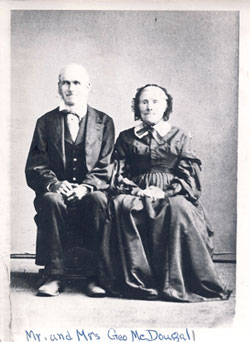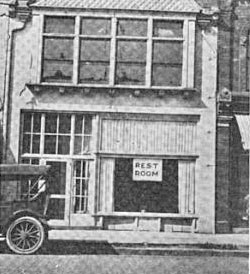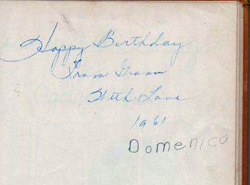Dear members of the Ann Arbor Historic District Commission,
On behalf of The Ann Arbor Chronicle, I’m writing to encourage to you to take a specific step to help guarantee future public access to all of your meetings. This step would serve to make sure the deliberations and decisions of the HDC are fully open, transparent, and documentable by third parties like The Chronicle – as part of the independent public record of our city’s governance.
What prompts us to write is a recent occasion when HDC deliberations on an important decision, and the vote itself, were inadvertently shielded from public view.
The decision related to the Glen Ann Place project, located in the city’s Old Fourth Ward historic district. In 2007, the developer of the project and the city signed a consent agreement, in order to settle a lawsuit that had been filed against the city, when the HDC declined to give Glen Ann Place its approval.
On Nov. 30, 2010, the HDC convened a special meeting to consider extending the agreement. The Chronicle was aware that the special meeting would be taking place, pending the scheduling of a time when all HDC members could attend. And we had taken measures to ensure that we would be notified of the special meeting’s scheduling – some of those options are outlined in a recent column by AnnArbor.com’s lead blogger, Ed Vielmetti.
But despite our best active efforts, we did not find out about the special meeting time until after it had taken place. The outcome, we later learned, was a 5-2 vote in favor of the extension. We were not able to find out about the scheduled meeting time, because the city did not follow its own policies and procedures that are in place to ensure public access to meetings, and to ensure compliance with the Michigan Open Meetings Act (OMA). The conclusion of our analysis is that the failure of the city to conform to its noticing requirements impaired the public’s rights under the act.
Of course, a court might not agree with us. Indeed, we’ve had recent experience challenging – with no success, at least initially – what we believe is a separate OMA violation, by the Ann Arbor city council. But on Wednesday last week, Judge Melinda Morris ruled that even though we had stated a claim, there was insufficient evidence filed in our initial complaint even to warrant further collection of evidence.
The situation with the Glen Ann Place special meeting does not have the same ramifications as the city council case that prompted our lawsuit, which we think likely involves problematic patterns and practice. The Glen Ann special meeting situation was clearly that – special and likely unique.
But in this case, we believe the HDC has the opportunity to undertake voluntarily a specific initiative that could serve as a model of openness and transparency for other boards and commissions of the city. [Full Story]



















